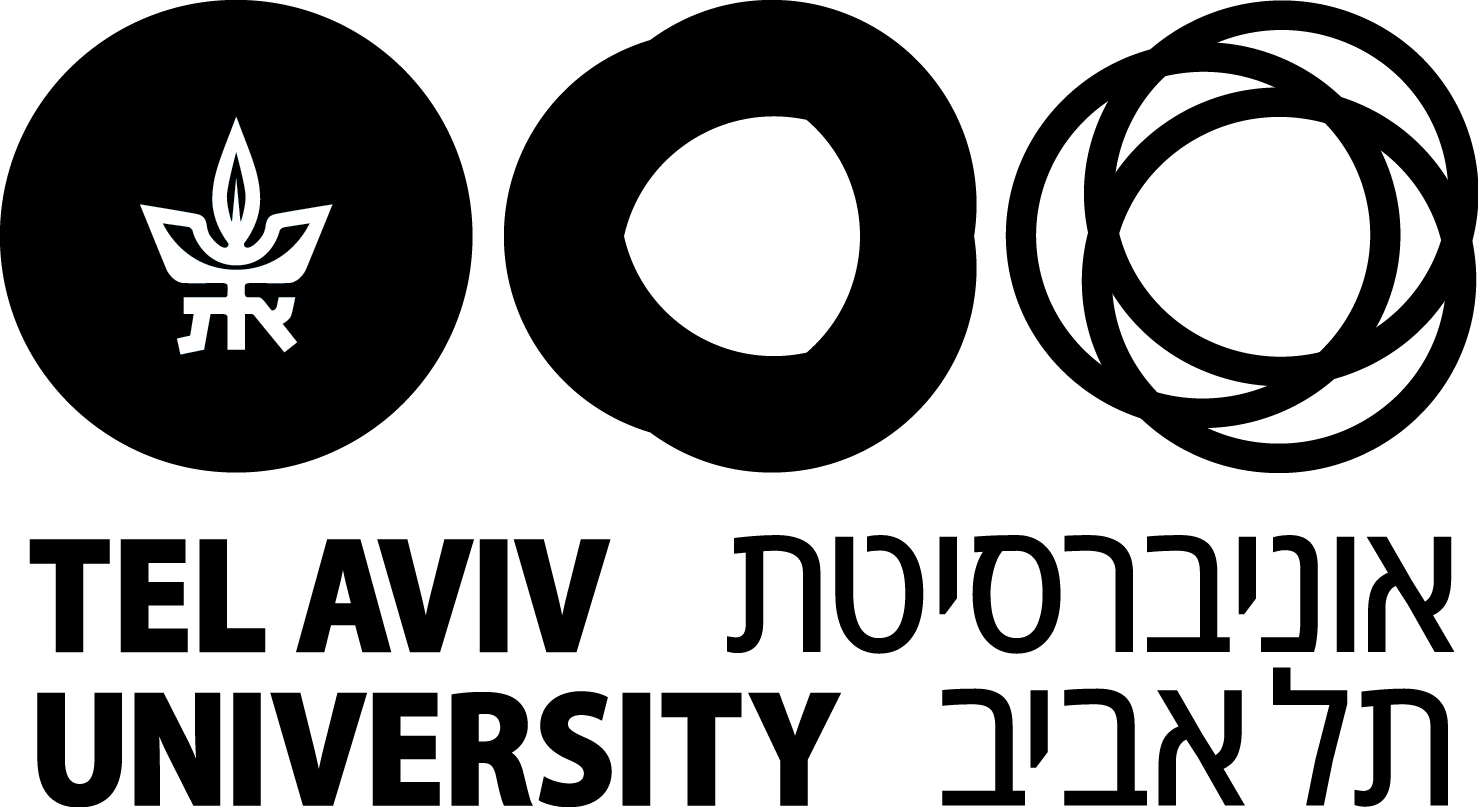
Neural Activity Processor
Stroke and epilepsy are among the most common debilitating neurological conditions, with a worldwide prevalence of 100 million people (World Stroke Organization, 2022) and 50 million people (World Health Organization, 2024), respectively. Present-day approaches for treating neurological and neurosurgical conditions include physiotherapy, pharmacological treatment, surgical excision, and interventions such as deep brain stimulation. While it is clear that the nervous system transmits information via spikes emitted by individual neurons, no therapeutic tool attempts to target the CNS at that spatiotemporal resolution.
We aim to develop a miniature integrated device for the parallel recording, analysis, and control of multiple spiking neurons to enable neuronal-level therapeutics. Coupled with intracortical recording and stimulation arrays, the proposed CMOS device will be used to alleviate disease symptoms in a mouse model. By implementing this device as an SoC we introduce a wider dynamic neural input into the model and enable remote neuronal-level therapeutic interventions.
Two strategies will be employed: a “local circuit” approach, tailored for focal epileptic seeds; and a “cortical bypass” approach, designed to supplement lost functions following focal stroke. The same device will support both applications.
Implementing this challenging device demands a well-structured design comprised of custom analysis, signal processing, and control components interconnected around and with an ARM central processing unit core. Each of the components, except for the CPU, will be custom-made to ensure tailored performance. The neural signals — the real-world stimuli — will be recorded and transmitted under the control of a sampler component, analyzed by a co-processor and saved by an SD controller to an SD card. The co-processor will issue an interrupt to the CPU when stimulation is needed and the request will be sent to a stimulation controller to trigger a stimulus. The CPU will allow this feedback mechanism to operate as planned, resulting in a closed-loop Neural Activity Processor. Future translational work will adapt the technology to be developed in this project to human applications.
Project Milestones
Do you want to view information on how to complete the work stage ""
or update the work stage for this project?
-
Getting Started
Design FlowTarget DateCompleted Date -
Milestone #2
Target DateCompleted DateThe input to the neural processor is received via a Serial Peripheral Interface (SPI) from an external device connected to neurons in the mouse brain. To enable digital recording and convert the incoming serial data into parallel format, a sampler block is implemented.
The sampler is activated by an
enablesignal from the CPU, which initiates data acquisition from the brain. It communicates with amplifier devices connected to the chip by sending SPI commands and receiving corresponding responses. The sampled data is then output in parallel format along with the corresponding channel number in binary.The sampler is implemented as a custom RTL module composed of nested finite state machines (FSMs) that coordinate the SPI communication with the amplifiers according to their operating frequency. It remains active and continuously outputs data for the duration that the
enablesignal is asserted. -
Milestone #3
Target Date -
Milestone #4
Target Date -
Milestone #5
Target Date -
Milestone #6
Target Date -
Milestone #7
Target Date -
Milestone #8
Target Date -
Milestone #9
Target Date -
Milestone #10
Target Date -
Milestone #11
Target Date -
Milestone #12
Target Date -
Milestone #13
Target Date

 Processors
Processors Advanced Microcontroller Bus Architecture
Advanced Microcontroller Bus Architecture Interrupt Controllers
Interrupt Controllers Tape Out
Tape Out
Add new comment
To post a comment on this article, please log in to your account. New users can create an account.